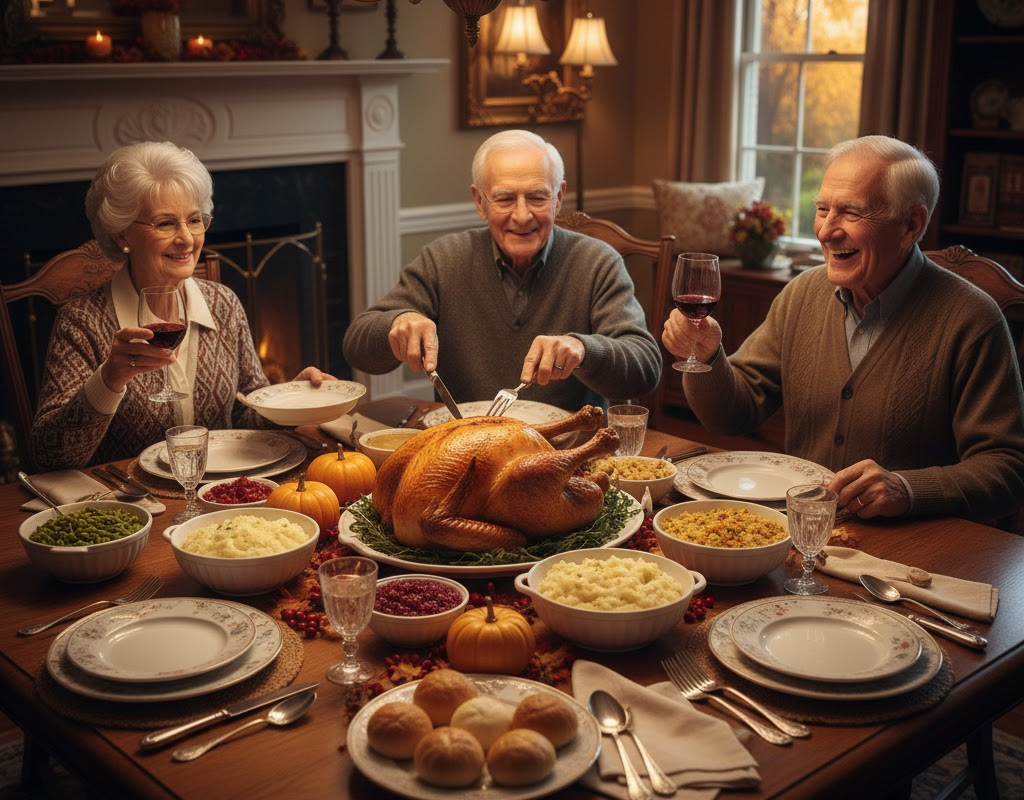Share
The year 2020 has certainly created many challenges for families with aging loved ones. Those ages 65 and older are the most at risk during the SARS-CoV-2 outbreak, the coronavirus that causes the COVID-19 disease. Even with easing government restrictions, it’s recommended that aging loved ones stay at home and refrain from having visitors.
However, maintaining this guidance can cause anxiety and feelings of isolation. Virtual communication just doesn’t replace the in-person interaction that older adults need. If you want to visit your aging loved one during this difficult time, implement these safety tips to reduce the risk of infection.
Quarantine and Get a Rapid Test Before Visiting
It is highly recommended that you quarantine for two weeks before vising your loved one to avoid contracting the virus. This also gives you a waiting period to see if you start showing symptoms after the last time you were around others. Because some people who contract the virus are asymptomatic it’s not enough to just wait out your two-week quarantine. You’ll also want to get a rapid test right before visiting your loved one to ensure you don’t have traces of the virus in your system.
Remember that a negative test doesn’t guarantee that you don’t have the virus. Additionally, you could pick up the virus between the time you leave the testing facility and before you get to your loved one’s home. That means it’s important to still follow CDC guidelines when you’re with your loved one.
Continue Social Distancing
One of the guidelines for limiting the spread of the virus is to practice social distancing. This involves staying at least 6 feet away from other people who don’t live in your household.
It’s important to continue doing this even while visiting family members, especially if your aging loved one is frail or has an underlying health condition that increases the risk of infection. Actually, the farther away that you stay, the safer that your loved one will be. You’ll just have to speak louder so that he or she can hear you well.
Where Masks and Wash Your Hands
Everyone should wear a mask during visits with older adults, including aging loved ones and children. Most kids are willing to wear masks if they understand that it will protect their grandparents from getting sick. It’s equally important for everyone to wash their hands, especially after touching other surfaces. Keep hand sanitizer with you in case you don’t have access to a sink.
Take Special Precautions for Hugs
It’s understandable that you want to embrace your loved one during this challenging time. In fact, the sense of touch has numerous benefits for human health. Everyone needs affection to stay in good spirits.
Fortunately, you can take some precautions to keep your aging loved one safe while still giving a hug. First, you should keep your mask on. Second, face away from your loved one’s face during the embrace. Third, wear a protective covering over your body, such as a garbage bag. Your loved one could cover up as well. For small grandchildren, it’s acceptable to let them hug their grandparents’ knees or waist.
Avoid Passing Plates at Mealtime
If you plan to visit an aging loved one during a meal, don’t pass any dishes around the table. Instead, portion the meal in covered disposable plates or boxes ahead of time. Also, wear gloves while you handle the meals, and throw them away afterward.
Keep Your Visit Short
When you practice the above guidelines except for social distancing, it’s best that you limit your visit to about 15 minutes. Staying longer increases your loved one’s risk of infection if you unknowingly carry the virus. Generally, it’s acceptable to visit for longer if you stay at least 6 feet apart.
On the other hand, you could hire a caregiver to keep your aging loved one company. Caring Home Care is a nurse registry that can pair your family with a professional who understands your concerns about keeping your loved one safe. The individual will take all of the precautions necessary while offering companion services, such as playing cards, making crafts, and watching TV.
Connecting During the Thanksgiving Holiday: How to Support Your Elder Relatives The Thanksgiving holiday is a time filled with warmth, gratitude, and meaningful family traditions. However, for many older adults, it can also be a period of loneliness or emotional distance. This is especially true for seniors who live alone, have limited mobility, or are
Start a Book Club for Seniors: Connecting Through Stories and Shared Experiences Reading has always been one of life’s greatest joys. For many older adults, books can be a comforting companion, a doorway to new worlds, and a way to keep the mind active. Starting a senior book club is a wonderful way to bring
Transition to In-Home Care: Helping Seniors Adjust Comfortably to Elderly Care Services Understanding the In-Home Care Transition The decision to begin in-home care is a big step for both seniors and their families. It often marks the start of a new chapter—one focused on safety, comfort, and support. However, the in-home care transition can bring
Celebrate Holidays with Seniors: Creating Joyful and Meaningful Moment The holiday season is a time of warmth, joy, and connection. For seniors, it’s an opportunity to celebrate cherished traditions and create new memories with loved ones. However, the holidays can also bring challenges — from health concerns and limited mobility to feelings of loneliness. With
Need A Caregiver? Fill Out Form Below
With our competitive rates, we make receiving in-home care affordable regardless of whether you’re using your insurance or paying out of pocket.







